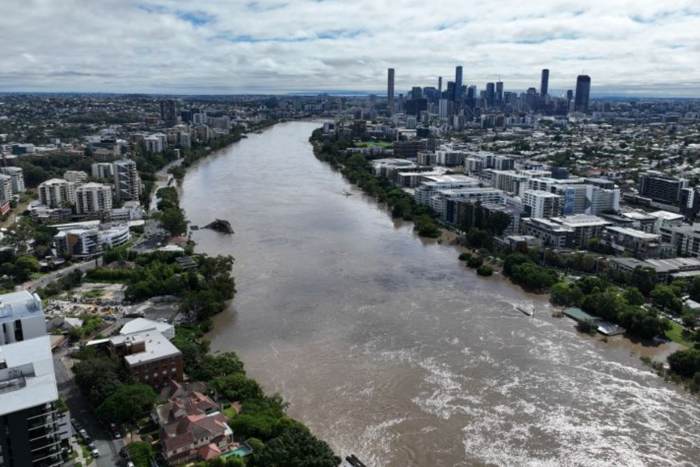PERILS extends Aus flood loss period, hikes estimate 23% to almost AU $4.9bn

The insurance and reinsurance market industry loss estimate for the flooding that impacted eastern Australia earlier this year is rising considerably, with PERILS AG hiking its estimate by 23% to almost AU $4.9 billion (roughly US $3.5bn) on the back of extending the event loss period.
The increase in PERILS estimate comes on the heels of the Insurance Council of Australia having raised its estimate of claims costs from the flooding event, which now puts the 2022 severe flooding in Australia as the fourth most costly natural disaster event on-record for the country, at AU $4.3 billion.
The ICA had cautioned on the impacts of inflation back in early May as a cause of rising losses from the 2022 floods, which PERILS has now echoed in its latest update released today.
As we’ve previously reported, a number of major Australian insurance carriers have made reinsurance recoveries, largely from their aggregate arrangements.
But, the higher the ultimate industry loss rises from this flood event, the more likely some carriers tap their occurrence reinsurance towers as well.
PERILS put its first industry loss estimate for these floods at close to AU $4 billion (close to US $3bn) back in April.
The floods struck both South-East Queensland and Northern New South Wales in late February and early March 2022, with extreme rains and rainfall totals that exceeded historical records in some areas.
Interestingly and going some way to explaining why the industry loss estimate has increased by so much, PERILS has expanded its definition of this event, stretching the term under which losses qualify for its estimate.
When it reported in April, PERILS had said the loss event extended from 23 February to 8 March 2022, but today it puts that term as 20 February to 11 March 2022, so capturing more flood claims within this single event definition.
That’s perhaps a little unusual, as PERILS data is used in catastrophe reinsurance, retrocession and some insurance-linked securities (ILS) contracts, for industry loss triggers, where consistency and certainty are key for counterparties.
Darryl Pidcock, Head of PERILS Asia-Pacific, commented on this saying, “Following PERILS’ initial loss estimate, we have also adjusted the event loss period which now runs from 20 February to 11 March. This better reflects the range of loss periods applied to this event by affected insurers as there is no common market standard applied to the event definition.”
Catastrophe event definition can be a tricky subject, especially when it comes to a reported loss estimate from a third-party.
For anyone on the wrong side of an industry loss based risk transfer contract that uses PERILS data for flood in Australia, we’d imagine an increase in the duration of the event, that naturally captures more losses as a result of the expansion, could be a concern.
But it seems likely PERILS has accounted for this possibility within the conditions of its reporting of industry losses, so allowing such an eventuality to occur.
There have been cases in the past where a lack of consistency in reporting industry loss estimates has resulted in disputes over risk transfer contracts, so consistency and a clearly defined process are critical here to avoid uncertainty.
Pidcock also noted, “The complexity and volume of claims caused by this weather event are presenting significant challenges to the insurance industry which is reflected in the increase in PERILS’ second loss estimate. A key driver is claims inflation due to rising labour and supply costs which has become a critical issue for the industry.”
Way back when these floods were still ongoing we had highlighted the fact that losses continued beyond the initial flood event, with separate periods of heavy rain causing flooding and how this could result in complexity for the industry claims process, in terms of identifying whether the floods were one event or two for reinsurance purposes, or indeed which period of flooding a loss applied to.
The now nearly AU $4.9 billion industry loss estimate includes both property and motor hull line of business claims.






